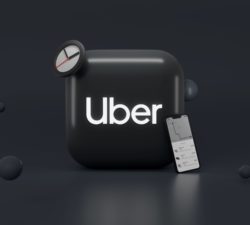I loved my local taxi firm – low prices, lots of cars and easy to book. Sure, the car was often “just round the corner” and it was a bit annoying that I had to call if I wanted to pay by card, but overall they were great. I used them all the time.
Then Uber came along with its one-tap ordering, cashless payment, and map of where your car actually was. So I switched. Immediately. Years of using the same taxi firm meant nothing to me when this new service appeared on my phone screen.
That’s because, for most organizations, customer loyalty is a myth. Loyalty is a particularly personal thing, driven by association with other humans. It’s a feeling that links people together under some common purpose or relationship, “a strong feeling of support or allegiance” as the Oxford English Dictionary puts it. It’s a feeling of emotional connection, not functional transaction.
Many of these connections will be with individual people, political parties or athletic…


